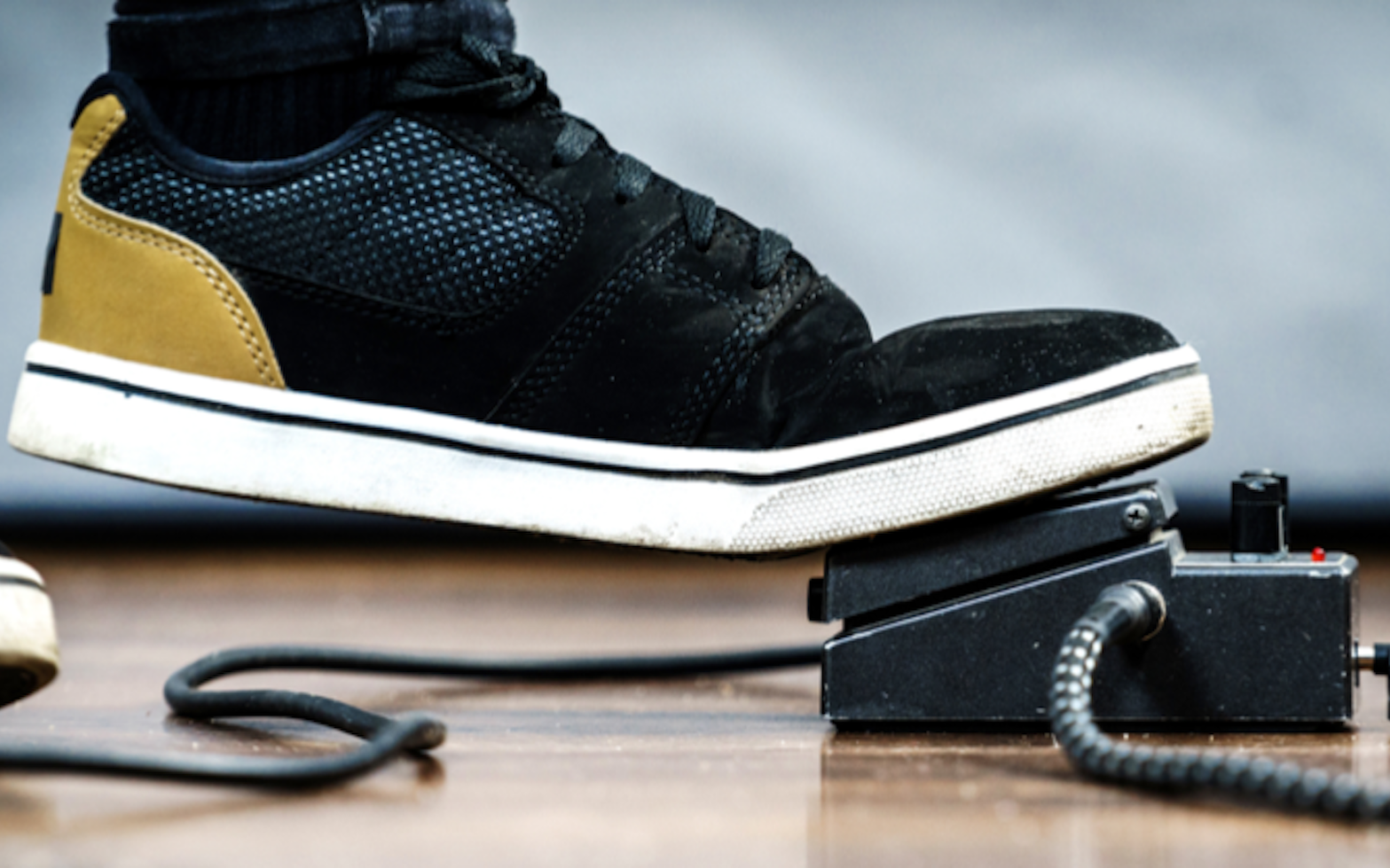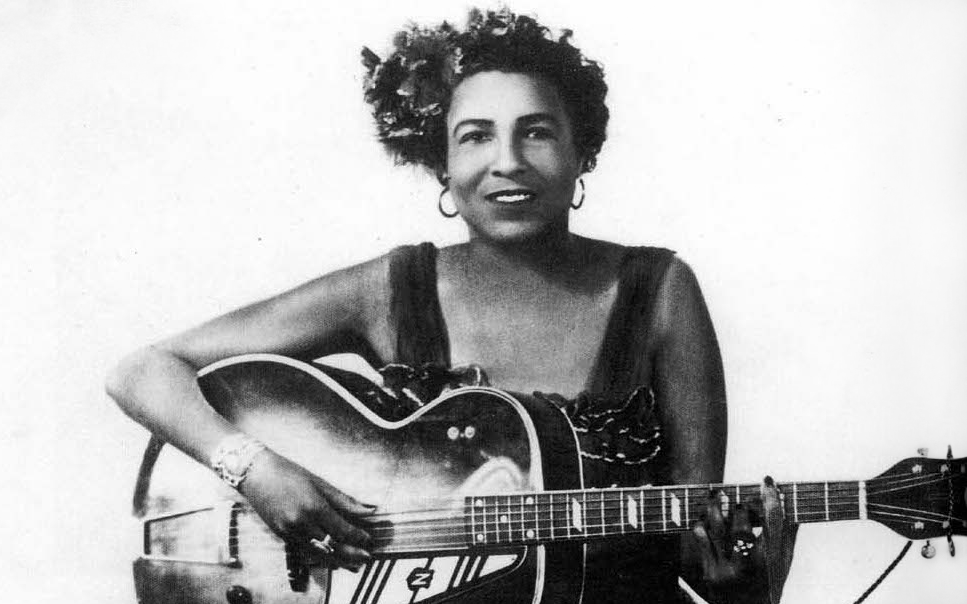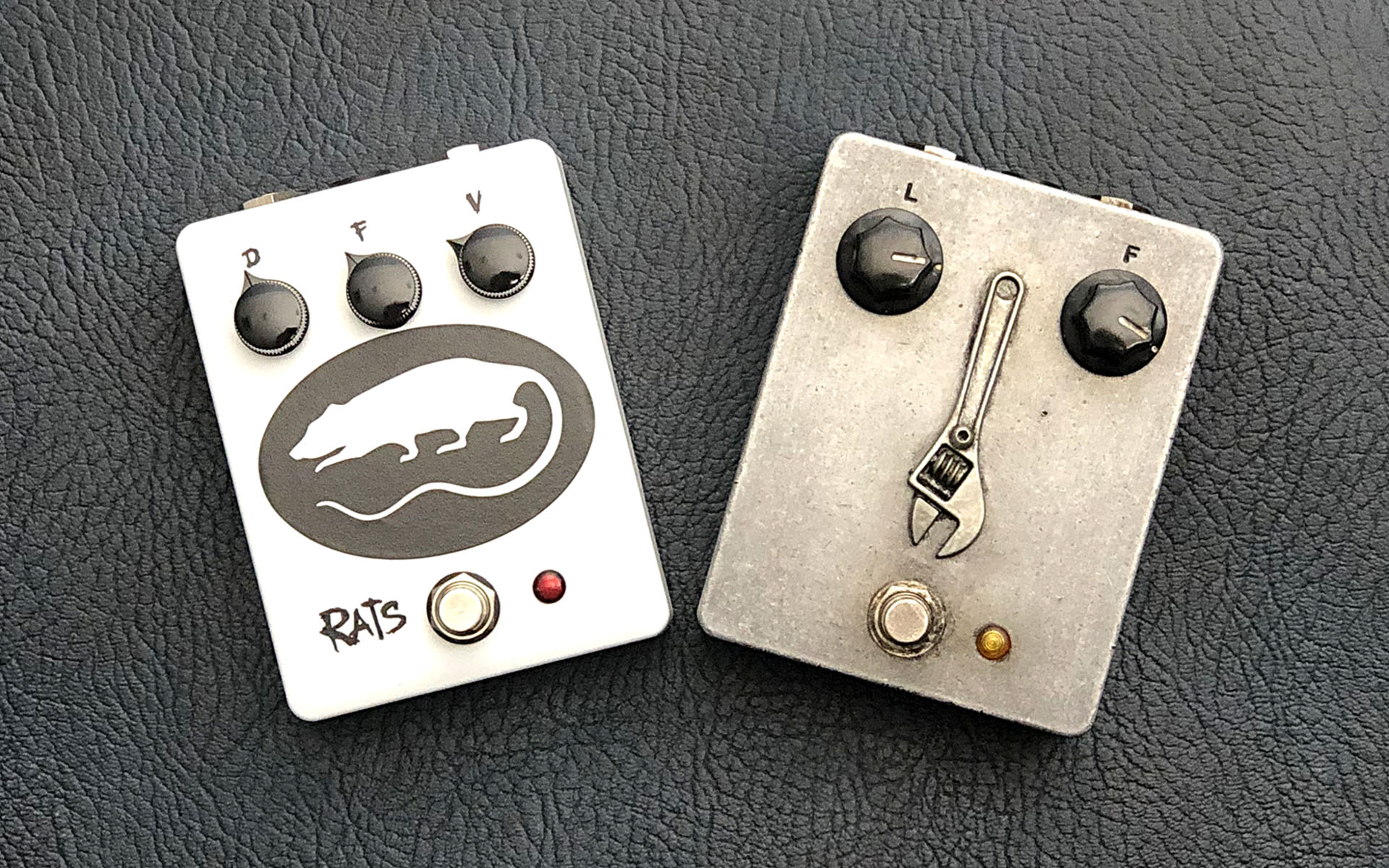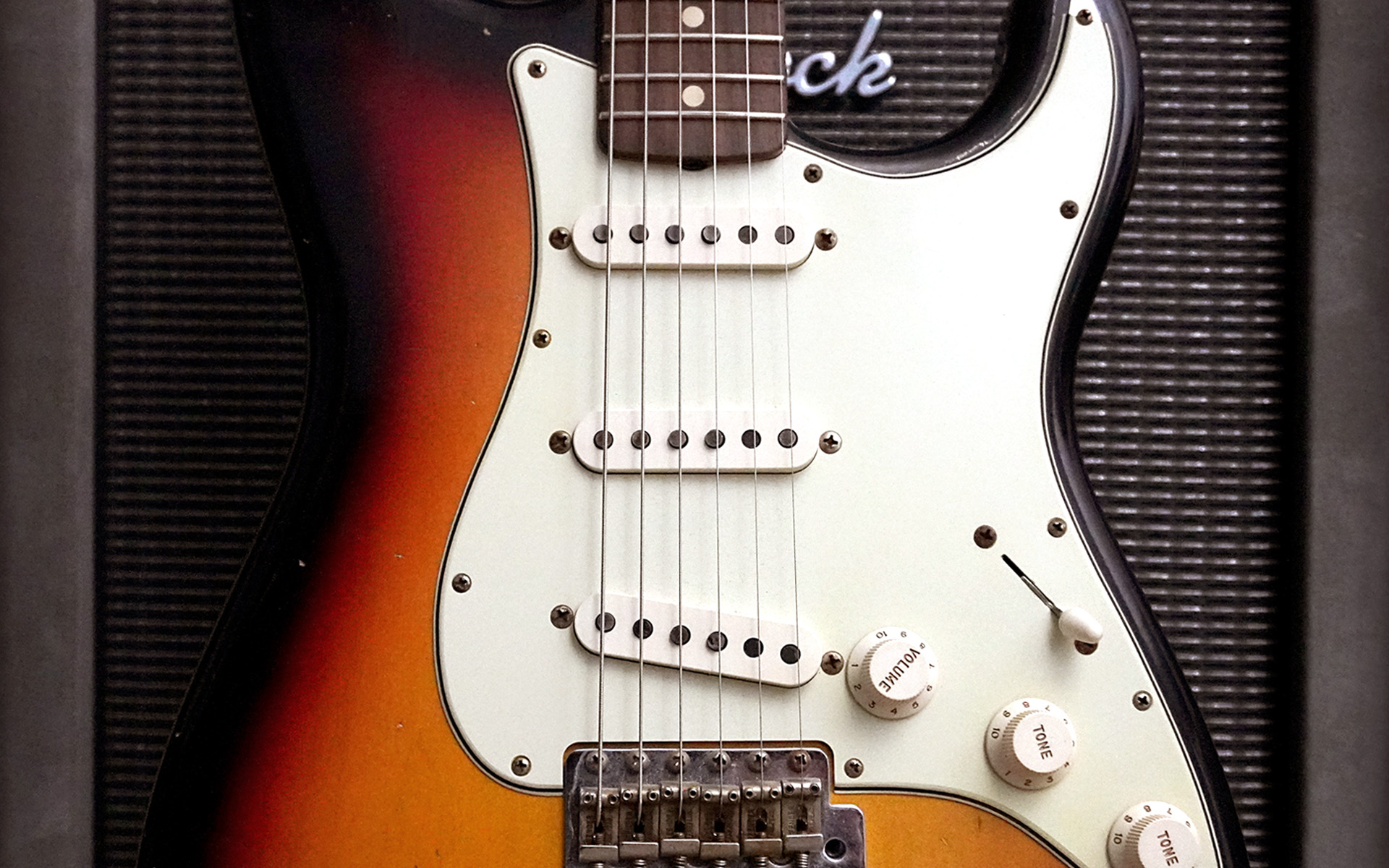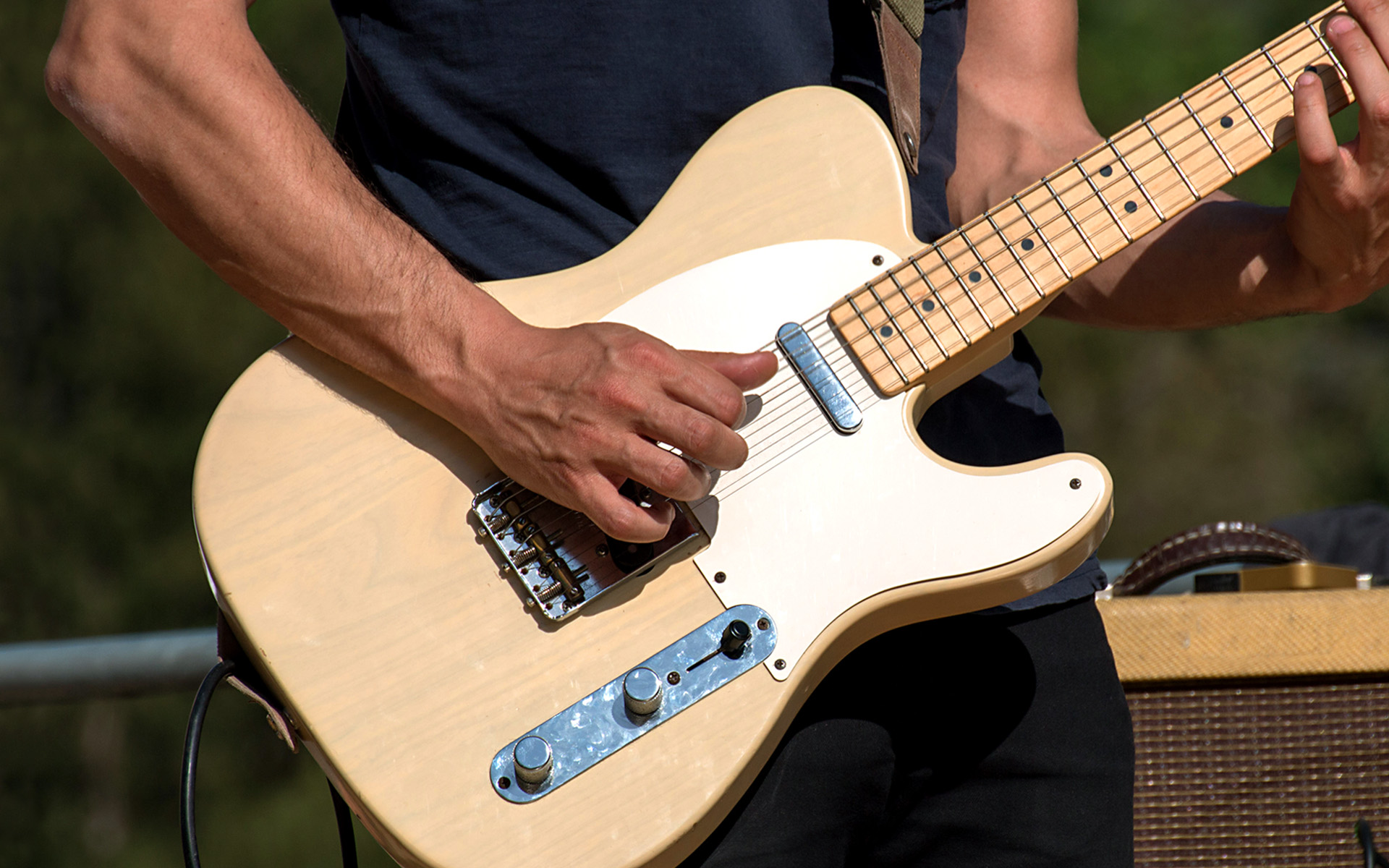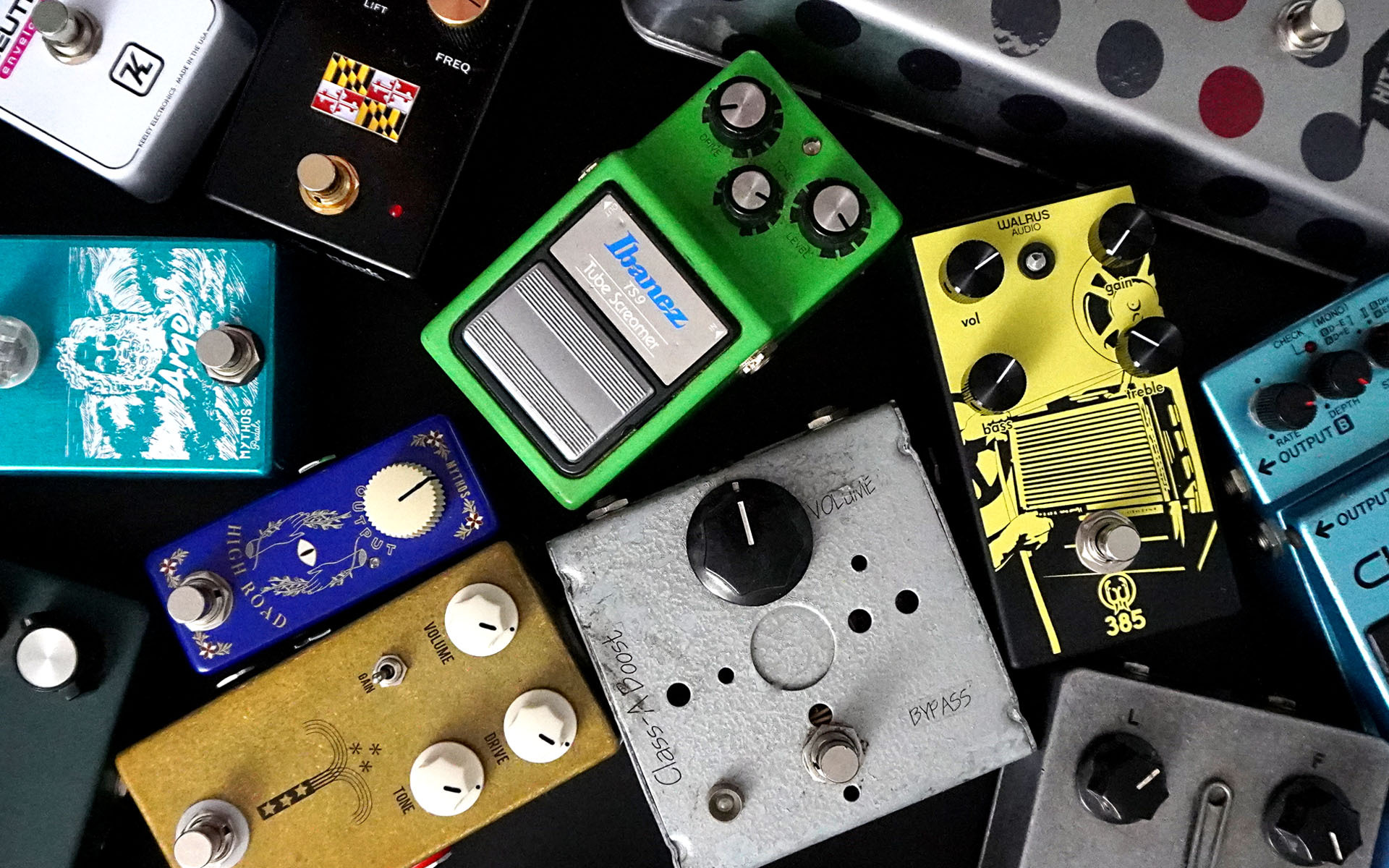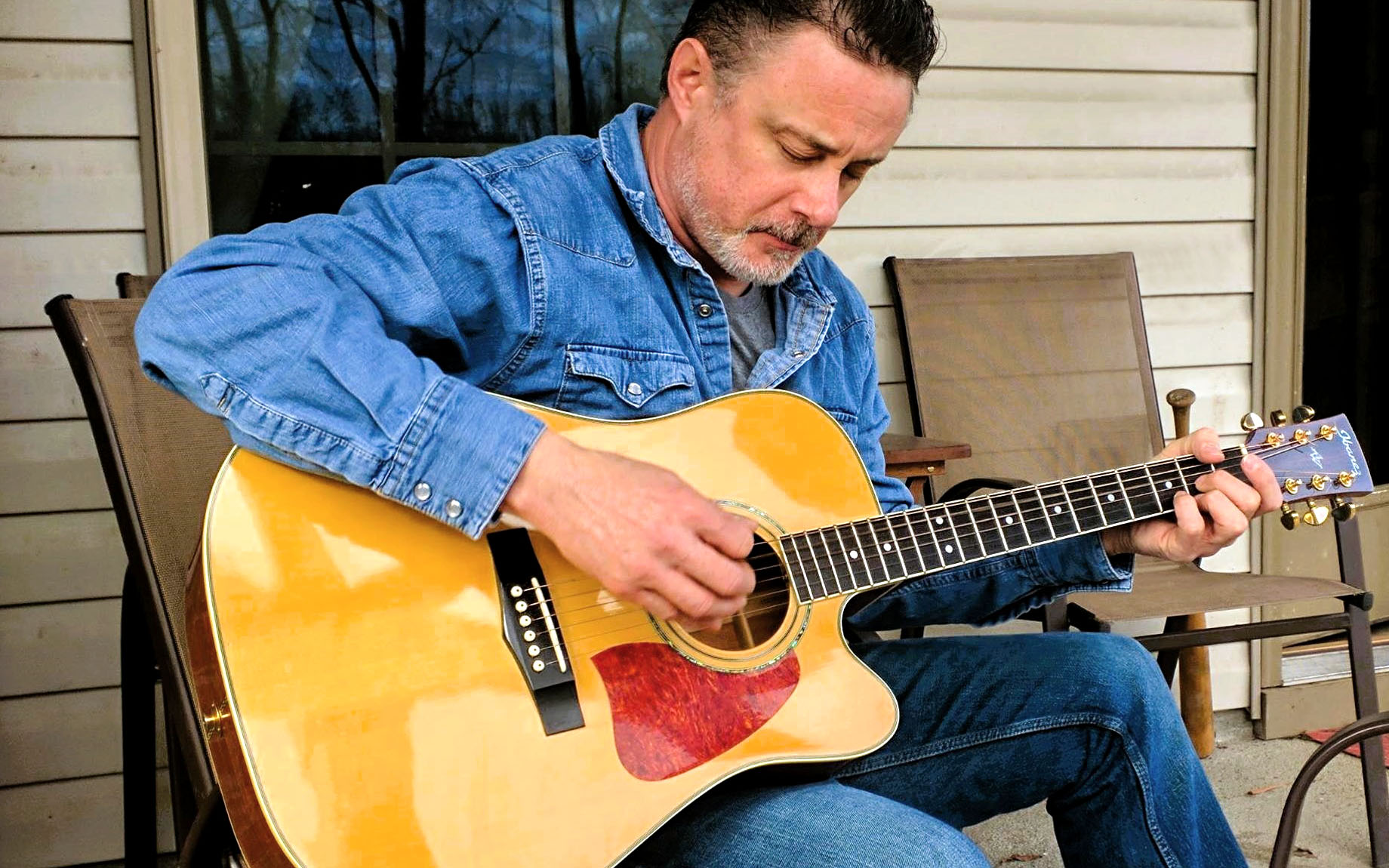As I look back through my life as an electric guitarist I see many milestones and turning points. It seems that my musical journey of discovery has taken me to many new and exciting places. I have been lucky to meet, perform, study and confer with many great guitarists (and am honored to say some of them are my colleagues on the faculty here at Berklee College of Music).
Through my travels through the diverse landscape of the all-strings-electric gene pool, there has been one common constant: the phenomenon of the universal quest for good electric guitar tone.
I have shared the same tone-centric conversations with beginners, pros and even members of the general audience who are not even guitarists. Regardless of your level of musicianship, no-one can deny that we are all peers on this amazing journey of tonal discovery. When it comes to tone, anyone who plays electric guitar is your friend, advisor, mentor, therapist, guiding light.
I remember in my teens I started out with a solid state electric guitar amp and a Fender Mustang later to be upgraded to a Gibson Marauder. The MXR Phase 90 was a heavenly essential and always traveled in the original box. That was it for a rig and accessories for quite a few years. I eventually upgraded to two amps, adding the mighty Fender Twin…and an assortment of pedals between them…some stereo and some just, well, pretty looking. Guitar tonal life was simple (read: ignorant) and therefore relatively blissful. Turning up louder or adding “more” seemed to be the solution for lack of clarity issues.
One eye-opener was transcribing the solos of my idols. Even if I could accomplish the melodic sequence in precise detail, after long, I was convinced I would never be able to bring across the sonic emotion of the solo without somehow cracking the tonal combination. The next step was, of course, to acquire gear identical to the artist in question. That, of course never worked. We all played through relatively similar amplification back then, Fender, Acoustic, Ampeg. There were not many choices. But somehow everyone’s tone was recognizably different even if we played the same model, one serial number apart. Those who were lucky enough to purchase an amp previously owned by (blank) still could not crack the code.
Flash forward to current times. By today’s electric guitar standards, the 70′s were simple. 2009: with so many guitarists playing through so many of the same amps today, using the same boutique pedals, with the same true bypass switching, attached with the same high quality lifetime patch cables with the same noise free power supplies, one might ask “why is there even something called a Quest for Tone?” The acronym G.A.S stands for Gear Acquisition Syndrome. This affectionate moniker might be thus described: The final piece of gear preventing us from attaining our tonal creative zenith of expression must be acquired at all costs!
Guitarists have the highest rate of transmission of this syndrome. All it takes it exposure to a good concert featuring a guitarist who sounds good. If you have read this far, you know the rest of the story and the bills that come at the end of the month as a result.
So I will share some of my thoughts on this quest for tone. I think, in the process of writing this, I might even find enlightenment. I also promise I will not say “It is all in the fingers”…but…you might.
In my online course Funk/Rock and R&B Guitar Soloing, we explore the concept of tone. One revealing experiment that we demonstrate in the course is the topic of “attack” which I will touch on in an upcoming post. If you take away the first second of the attack of a note played on any instrument, it is often very difficult to determine what that instrument is and certainly impossible to identify who played it.
So we might conclude that good guitar tone is defined less by the sustain of the note, than it is by the attack. We have all heard our favorite guitarists at some point playing through amplification that might not be part of their usual set-up. However, even blindfolded, we would still determine their signature style, not just by the sequence of notes played but (even after one or two notes) by their tone (or maybe “attack”?).
We might find that part of the mystery of the science of the “signature sound” comes from the fact that there are many different ways of attack to get a guitar string vibrating, and they all sound completely different.
STUDY GUITAR ONLINE WITH BERKLEE





